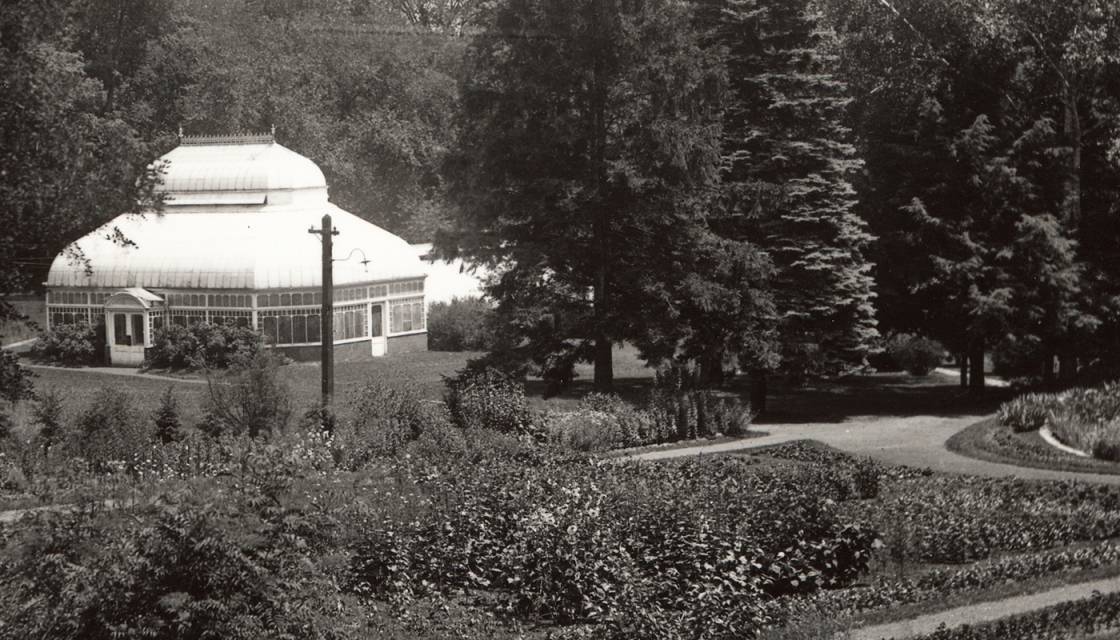Building Community Fact #28: Buckland Hall
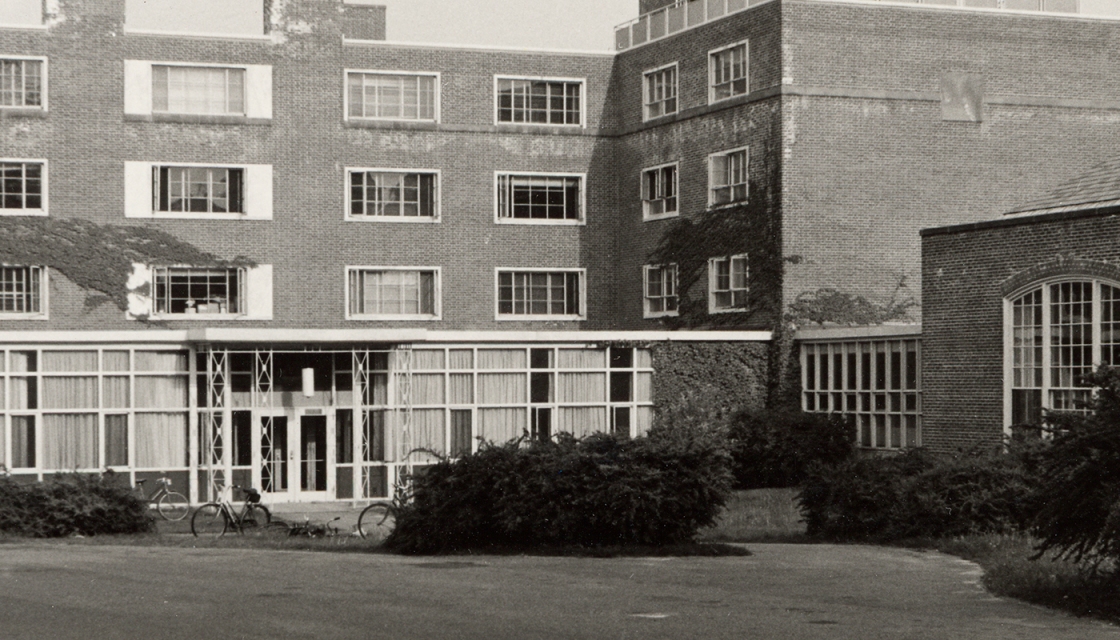
There’s a reason Buckland and Torrey Halls look so similar: both were designed in the 1950s by architect Douglas Orr. Buckland, while beloved by those who have lived in its spacious doubles and enjoyed its convenient dining hall, is often referred to as a “60s office building.” Still, it boasts large built-in closets, charming vanities, and beautifully wide windows with thick marble sills. Named for the birthplace of College founder Mary Lyon, Buckland is famous for its Sunday brunch crepe bar and spacious dining hall. While Lyon’s ancestral home no longer stands… Read More
Building Community Fact #27: Brigham Hall
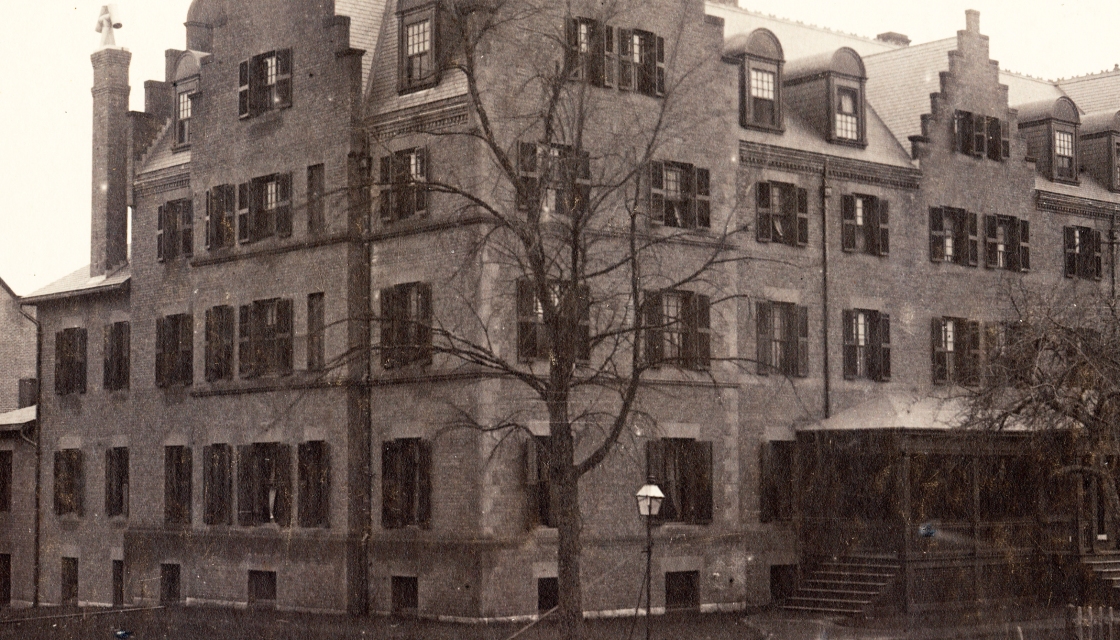
Brigham Hall was named in honor of Mary Brigham, the eighth president of Mount Holyoke, whose tragic death en route to her official appointment rocked the campus community. Brigham Hall was hailed after its construction as “expressive of the strength and beauty of her character.” Students today adore Brigham Hall for its spacious rooms, enticing dumbwaiter, and ideal location close to classes, the library, and the Village Commons. As the first hall to replace the Seminary Building, which burned to the ground in October 1896, Brigham Hall represents the strength of will… Read More
Building Community Fact #26: Williston Memorial Library

The library is arguably the most important building on any college campus. Libraries provide an endless supply of knowledge as well as a unique space for learning and collaborative education. Mount Holyoke is blessed with one of the most stunning college libraries in the country: the Williston Memorial Library. The first library on campus was built in 1870, north of the Seminary Building. The two were connected by a 45-foot corridor that was torn down in 1896 to save the library from the fire that destroyed the original Seminary Building. In 1904,… Read More
Building Community Fact #25: Torrey Hall
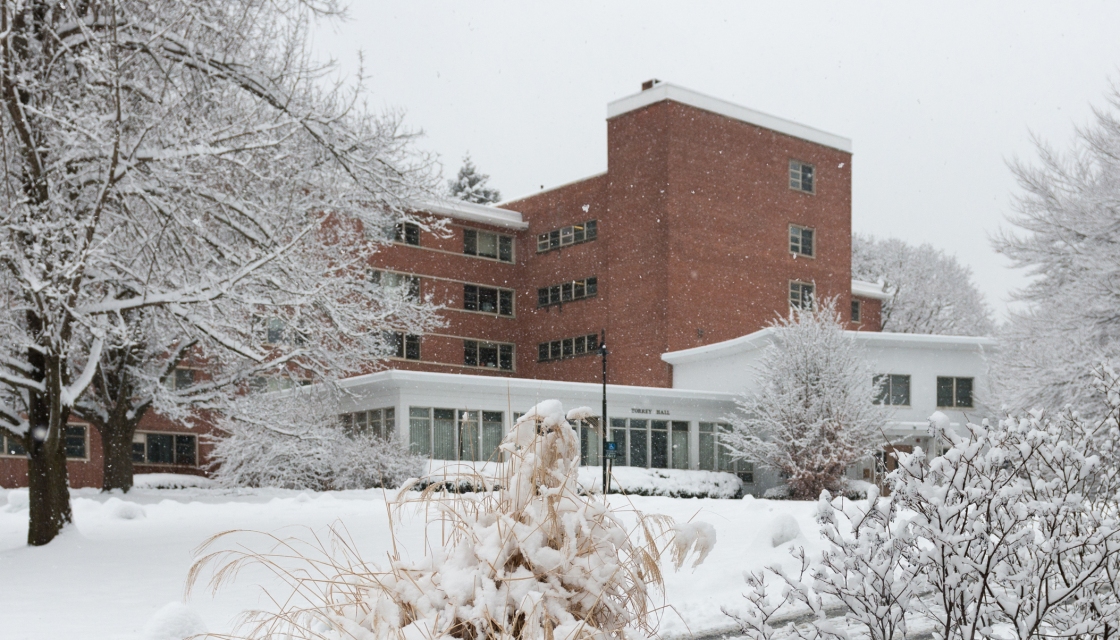
President William Howard Taft couldn’t make it to Mount Holyoke’s 75th anniversary celebration, but he sent his regards to Mount Holyoke President Mary Woolley. In his letter dated October 4, 1912, the Taft expressed regret that he would miss seeing such a interesting point of his family’s history—his mother Louise Torrey was a member of Mount Holyoke’s class of 1845. As students at the College’s lengthy anniversary celebration listened to President Woolley deliver this address, they undoubtedly felt the distinction and pride that came with being a Mount Holyoke woman echoing through… Read More
Building Community Fact #24: Reese Psychology and Education Building
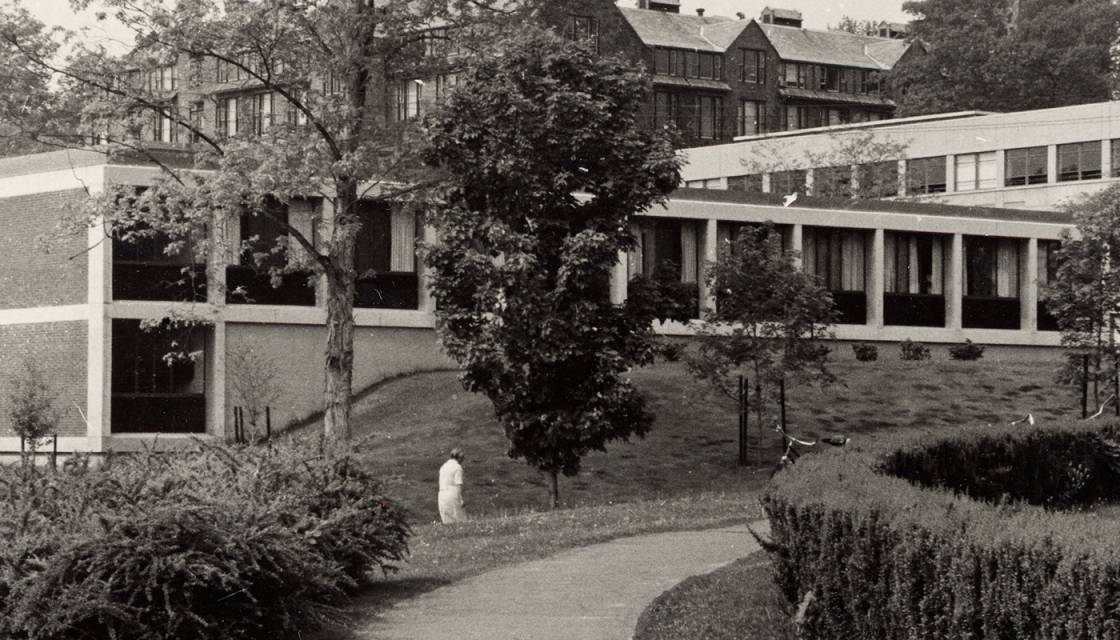
Construction of the Reese Psychology and Education Building in 1965–1966 was a labor of love. The project was supervised by the Department of Psychology and Education to ensure that the building’s facilities would be optimal for serving academic needs. Reese houses offices, lecture and seminar rooms, an education curriculum library, laboratories, computer facilities, a vivarium space for research animals, and a complex of shops for the construction of laboratory and teaching apparatus. Reese is named in memory of Ellen Pulford Reese ’48 and Thomas Whelan Reese, two long-term members of the department… Read More
Building Community Fact #23: Porter Hall
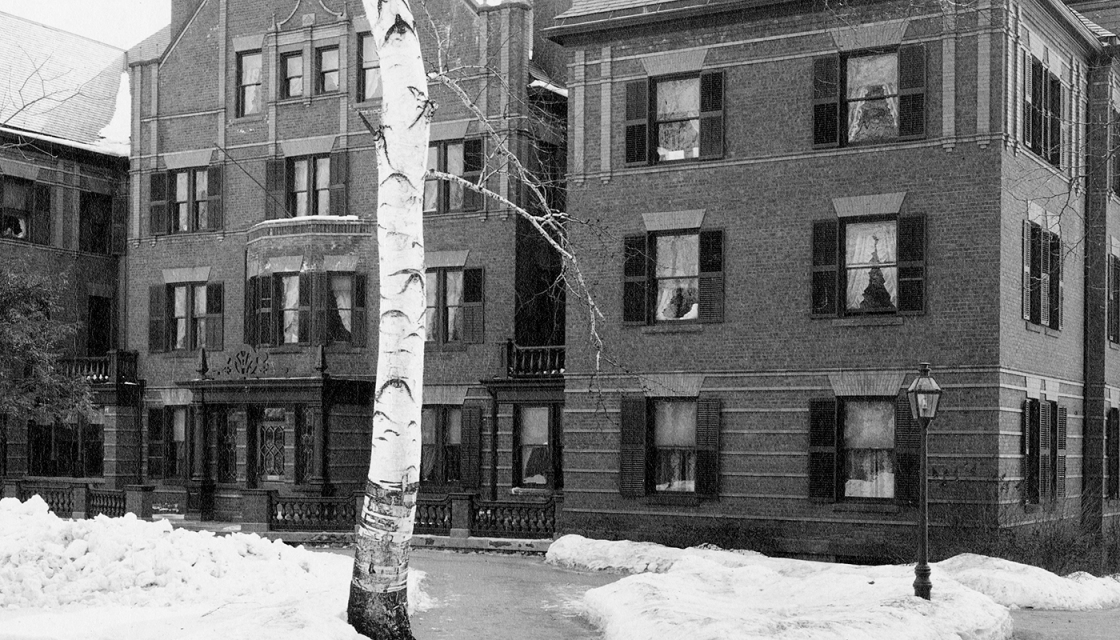
Deacon Porter’s Hat has acquired an almost mythical status at Mount Holyoke College. This traditional dessert, a spiced pudding prepared with molasses and served in the shape of a stovepipe hat, is prepared infrequently today. Not so in College founder Mary Lyon’s time, when one student lamented to her family that although she wanted to bake a batch for them she couldn’t convert the recipe, written to serve 300, into something more manageable. The Founder’s Day staple food and dubious dessert is not the only thing Deacon Porter’s name has been generously… Read More
Building Community Fact #22: Mead Hall

Dedicated to the memory and legacy of Elizabeth Mead, Mead Hall is one of the most beloved dorms on campus. Situated comfortably between Woolley Circle and Blanchard Campus Center, Mead is valued for its beautiful architecture, well-appointed common spaces, and prominent location on the south face of Skinner Green. President of the College from 1890 to 1900, Elizabeth Mead was an instrumental changemaker in the formation of Mount Holyoke as we know it today. Dedicated to upholding the “imperishable name of Mary Lyon,” she was key in ushering Mount Holyoke through its… Read More
Building Community Fact #21: Dickinson House
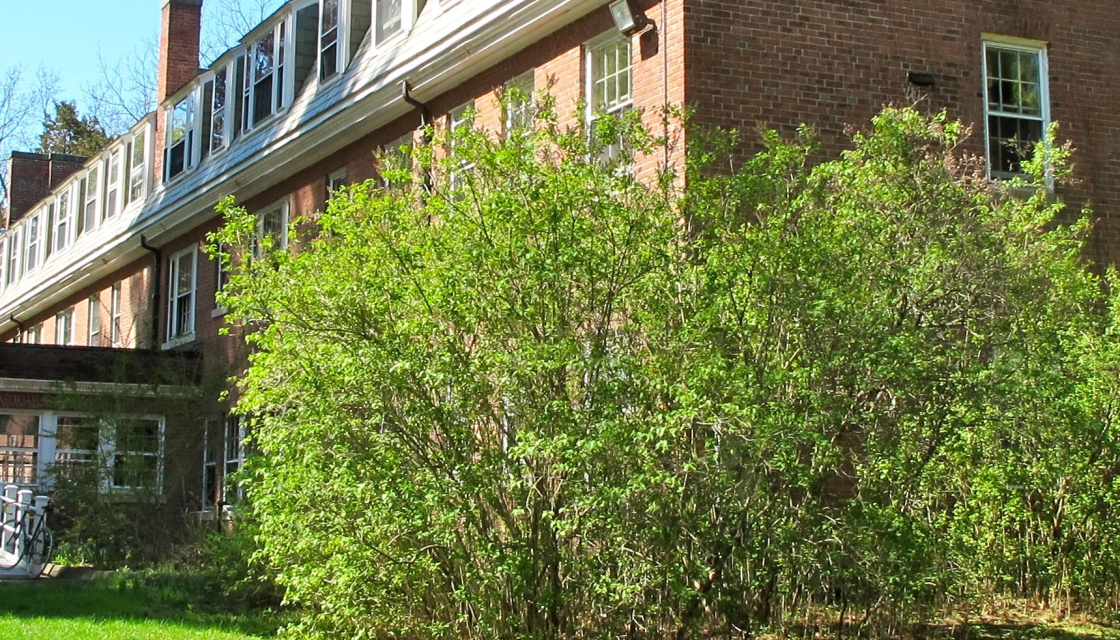
Since its renaming in 1931, Dickinson House has been the focus of one of Mount Holyoke’s most common misconceptions. Students, family, alumnae, and visitors to the College all assume the same thing: that Dickinson House, located at the south end of campus and just across College Street, was named after poet Emily Dickinson, one of the College’s most famous alumnae. One need only visit the Archives and Special Collections to stand corrected. Constructed in 1916 as Faculty House, Dickinson was renamed in 1931 in honor of Emma E. Dickinson, class of 1867…. Read More
Building Community Fact #20: Rockefeller Hall
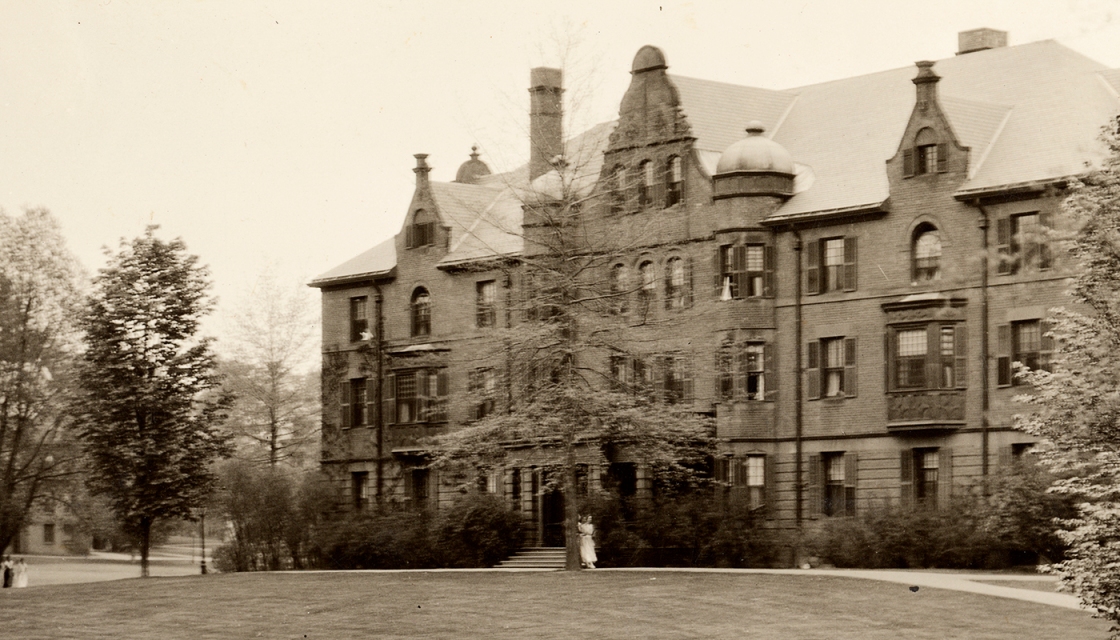
Rockefeller Hall is a familiar sight to Mount Holyoke students and alumnae, but the only reminders of “Old Rocky”—the first Rockefeller Hall, which burned to the ground in 1922—live on in the Archives. “Old Rocky” was built in 1896, thanks to the generosity of benefactor John D. Rockefeller, and housed more than 125 students, faculty members, and maids. When fire destroyed the building, the heroes of the day were Mount Holyoke women—Mary Hopkins ’23 first spotted the fire burning in the basement trash barrels as she packed her trunk to leave for… Read More
Building Community Fact #19: Abbey Chapel
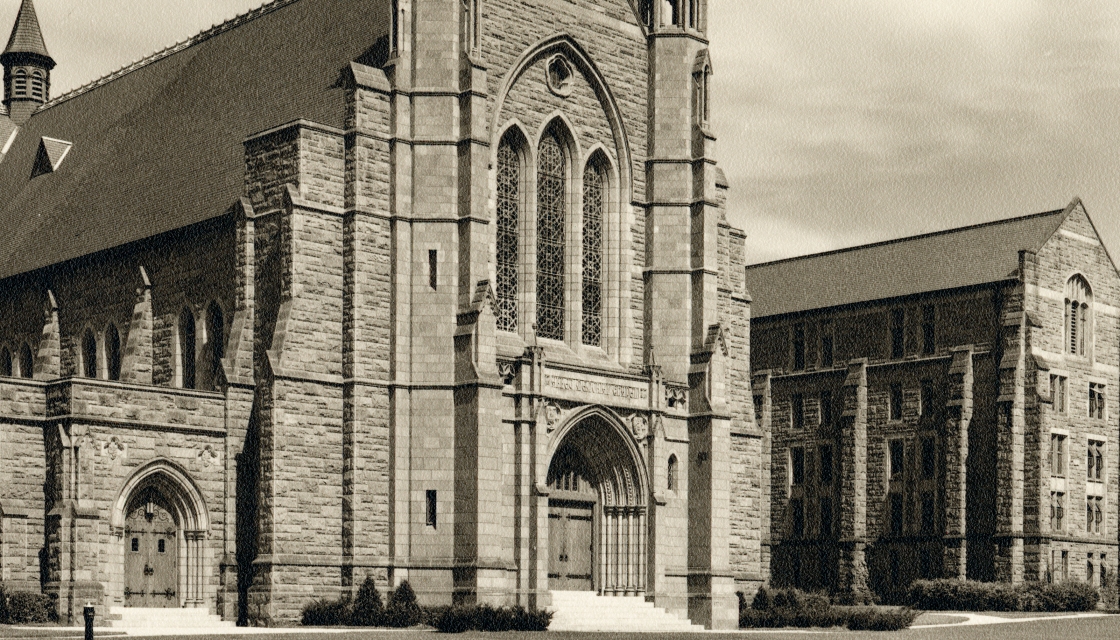
After the tragic fire of 1896 that cost Mount Holyoke its original Seminary Building, the community underwent a metamorphosis from life in a single stately dormitory to cottage-style living spread across the beauty of the fledgling campus. Part of this effort to grow past tragedy included the construction of a new central administrative and spiritual center on campus: thus Mary Lyon Hall and its small chapel were built in 1897. Over the next few decades, enrollment at Mount Holyoke increased exponentially, rising steadily through the 1930s until President Mary Woolley called attention… Read More
Building Community Fact #18: Art Building
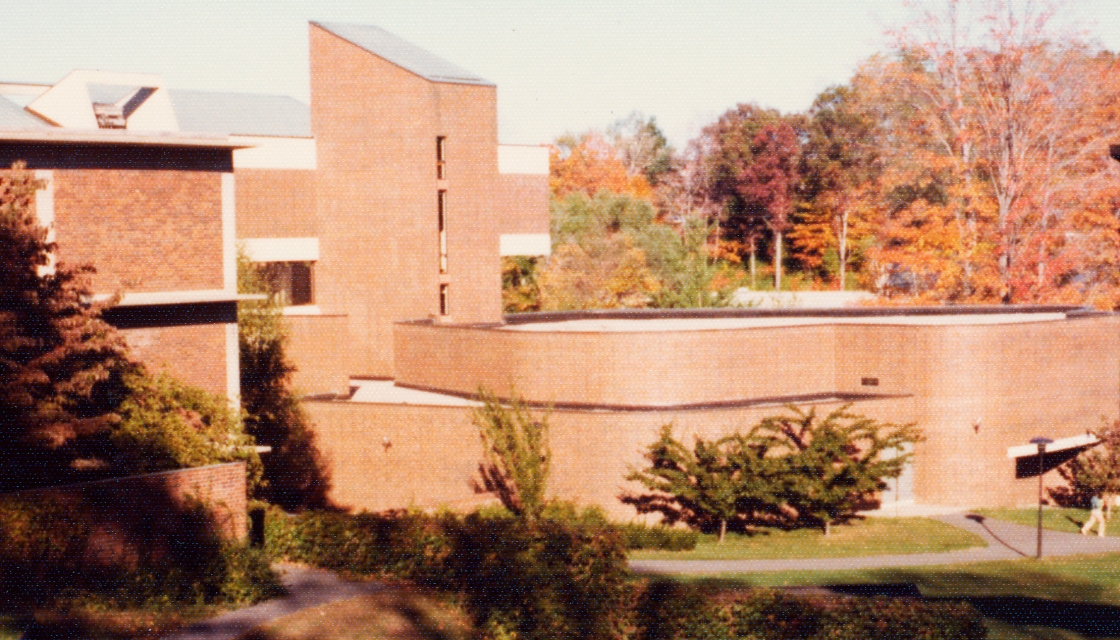
Built in 1971, the Art Building houses the Mount Holyoke College Art Museum, art studios, multimedia labs, and classroom spaces. The building’s sculpture facilities are the most extensive in the Five College area, offering study in a variety of media including wood, clay, plaster, and metal. Gamble Auditorium, named for Sidney Gamble, trustee and benefactor of the College, is located in the Art Building. Lectures, speakers, events, and movie screenings take place in Gamble regularly, which features unique amphitheater-style seating. Several departments call the Art Building home, including studio art, film studies,… Read More
Building Community Fact #17: Kendall Sports and Dance Complex
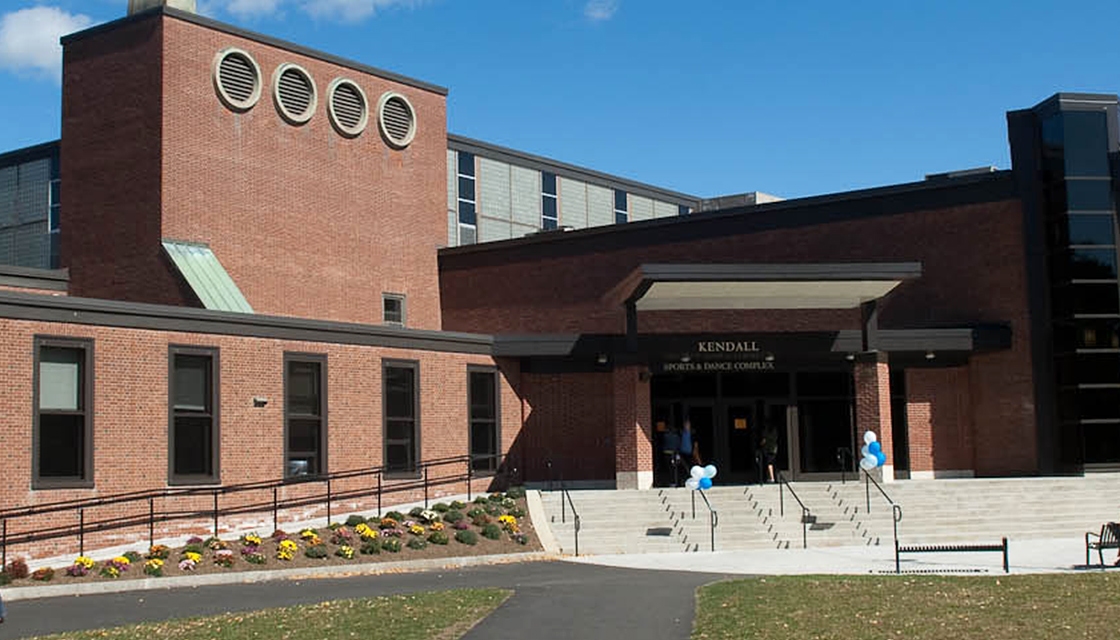
Some students love the physical education requirement—they relish waking up early to work out, swim laps, or walk for fitness in the field house. Others are not so enthusiastic—in winter, the sight of yoga-bound students shuffling through snow only to gently doze during “Child’s Pose” is not uncommon. But no matter the reason, the destination is clear: Kendall Sports and Dance Complex, located on the far north end of campus, beside the glorious expanse of Upper Lake. Built in 1950, Kendall was originally a replacement for Blanchard Hall. While Blanchard transitioned into… Read More
Building Community Fact #16: Ham Hall
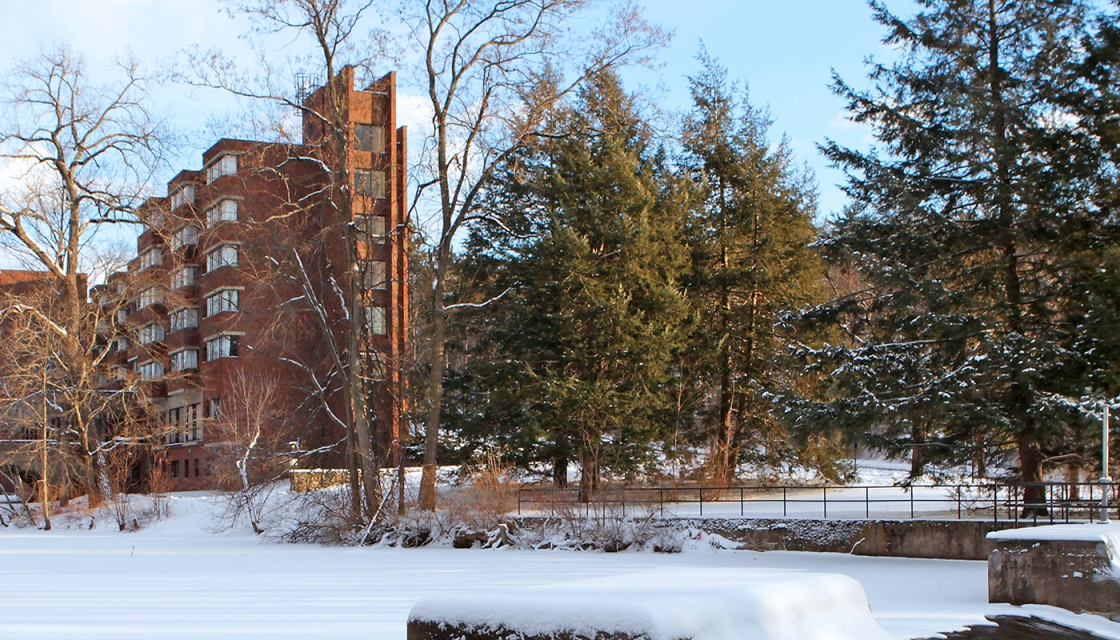
It took 346,00 bricks, 40,000 masonry blocks, 3,000 cubic yards of concrete, 10 tons of reinforcing steel, and $1,250,000 to build Ham Hall. Coined the “Tower of Babel” by Mount Holyoke president emeritus Roswell Gray Ham, the hall was hailed as a new foray into economical, multicultural living. Construction began in 1964 under the auspices of President Richard Glenn Gettell. The building was completed and dedicated in September 1965 in honor of president emeritus Ham. Intended to function as a “language hall,” Ham was designed to provide an immersive language-learning experience. The… Read More
Building Community Fact #15: Mary Lyon Hall
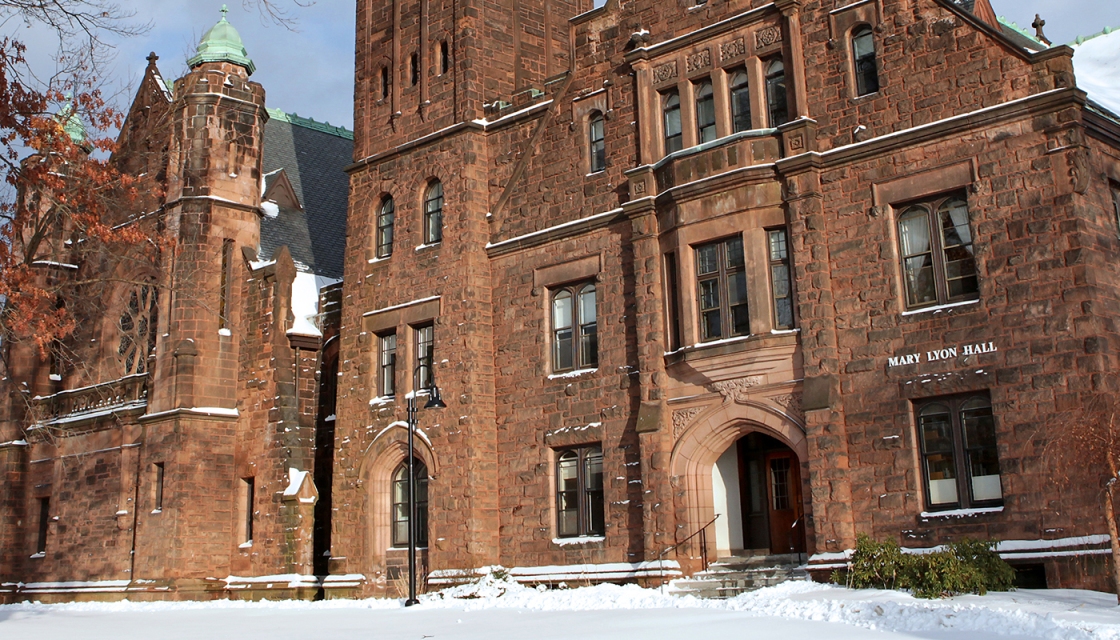
Mary Lyon Hall is the most widely recognized sight on Mount Holyoke’s campus. From the bright nighttime face of its clock tower to the light of candles glowing through the stained glass of Abbey Chapel, this beautiful building is a student favorite. It was built in 1897 by local firm Gardner, Pyne and Gardner, following the 1896 fire that claimed the College’s original Seminary Building. In keeping with tradition and the will of Mary Lyon herself, the new building was built on the cleared site where the Seminary Building had stood not… Read More


